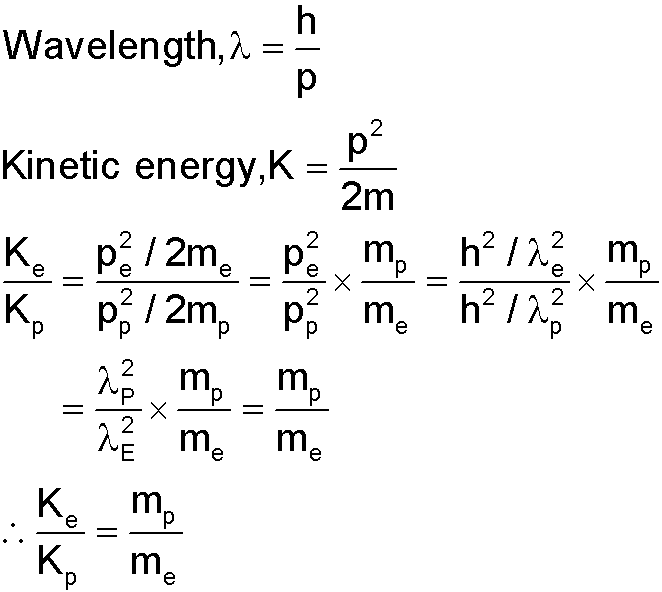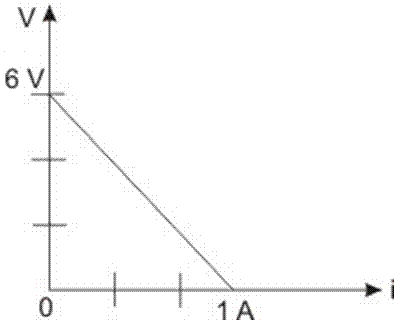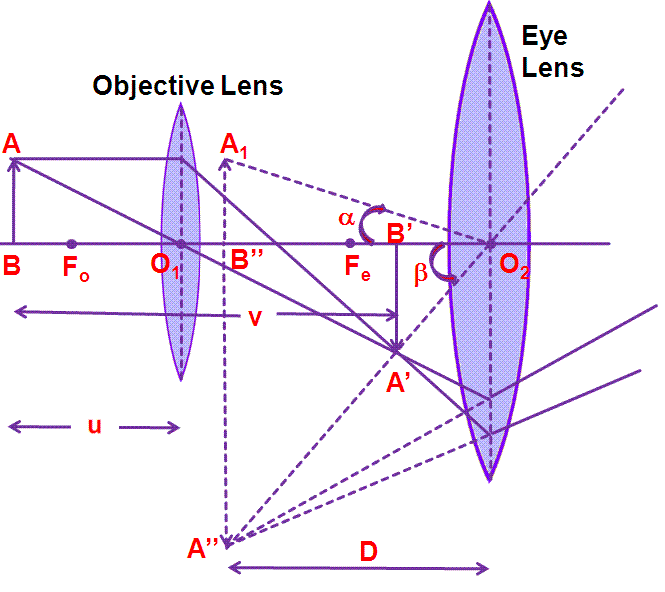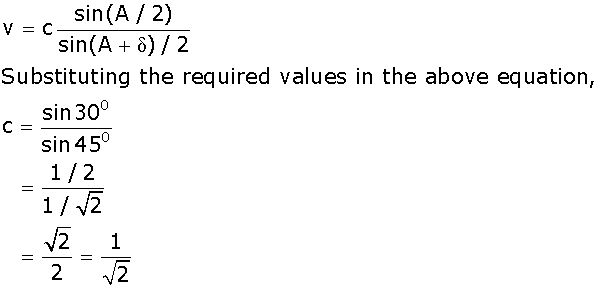CBSE Delhi-Set-3-2008
To Access the full content, Please Purchase
-
Q1
What is the direction of the force acting on a charged particle q, moving with a velocity
 in a uniform magnetic field
in a uniform magnetic field  ?Marks:1View Answer
?Marks:1View AnswerAnswer:
The force is given by

This force is right angles to &
&  .
.
-
Q2
Name the absorbing material used to control the reaction rate of neutrons in a nuclear reactor. Marks:1View AnswerAnswer:
Cadmium rods are the absorbing material used to control the reaction rate of neutrons in a nuclear reactor. -
Q3
State the reason, why two independent sources of light cannot be considered as coherent sources. Marks:1View AnswerAnswer:
Because, they will produce the phase difference and produce interference. -
Q4
Name the part of the electromagnetic spectrum of wavelength 10-2m and mention its one application. Marks:1View AnswerAnswer:
Microwaves. It is used in radar & communication purposes. -
Q5
An electron and a proton have the same de-Broglie wavelength associated with them. How are their kinetic energies related to each other?
Marks:1View AnswerAnswer:

-
Q6
A 500
 C
C charge is at the center of a square of side 10 cm. Find the work done in moving a charge of 10  C between two diagonally opposite points on the square.
Marks:1View Answer
C between two diagonally opposite points on the square.
Marks:1View AnswerAnswer:
According to the given condition, we have VOA = VOB
Therefore, work done is given by
W = q( VOB - VOA)
Hence, W is zero.
-
Q7
How does the power of a convex lens vary, if the incident red light is replaced by violet light?
Marks:1View AnswerAnswer:

The power increases because the refractive index of a material is more for violet colour.
-
Q8
The plot of the variation of potential difference across a combination of three identical cells in series, versus current is as shown below. What is the emf of each cell?
 Marks:1View Answer
Marks:1View AnswerAnswer:
Since all the cells are connected in series so current flowing through each cell is same. Therefore total resistance given by
Rt = 6/1 = 6
= 6
Internal resistance of each cell is 6/3 = 2
= 2
Now e.m.f. of each cell is = 2 x 1A = 2 volts
x 1A = 2 volts -
Q9
Draw a ray diagram of a compound microscope. Write the expression for its magnifying power.
Marks:2View AnswerAnswer:
Ray diagram for the formation of image in a compound microscope

Magnifying power:- M = (L/f0) (1 + D/fe)
Where M = Magnifying power.L = Length of microscope tube (= v).
fo = Focal length of objective lens.
D = Least distance of distinct vision.
fe = Focal length of eye piece.
-
Q10
A ray of light passing through an equilateral triangular glass prism from air undergoes minimum deviation when angle of incidence is 3/4th of the angle of prism. Calculate the speed of light in the prism.
Marks:2View AnswerAnswer:
We have,
A= 600
i1= i2 = (3/4)A = 450 (according to given condition)
Determining the value of ,
,
A + = i1+i2.
= i1+i2.
or 600 + = 450+450.
= 450+450.
 = 900 - 600 = 300.
= 900 - 600 = 300.
The speed of light is given by,




